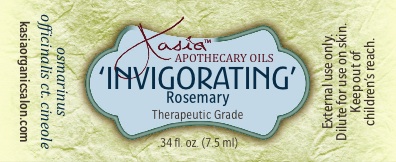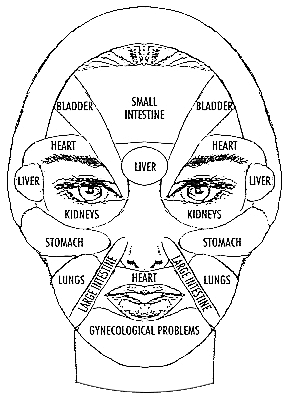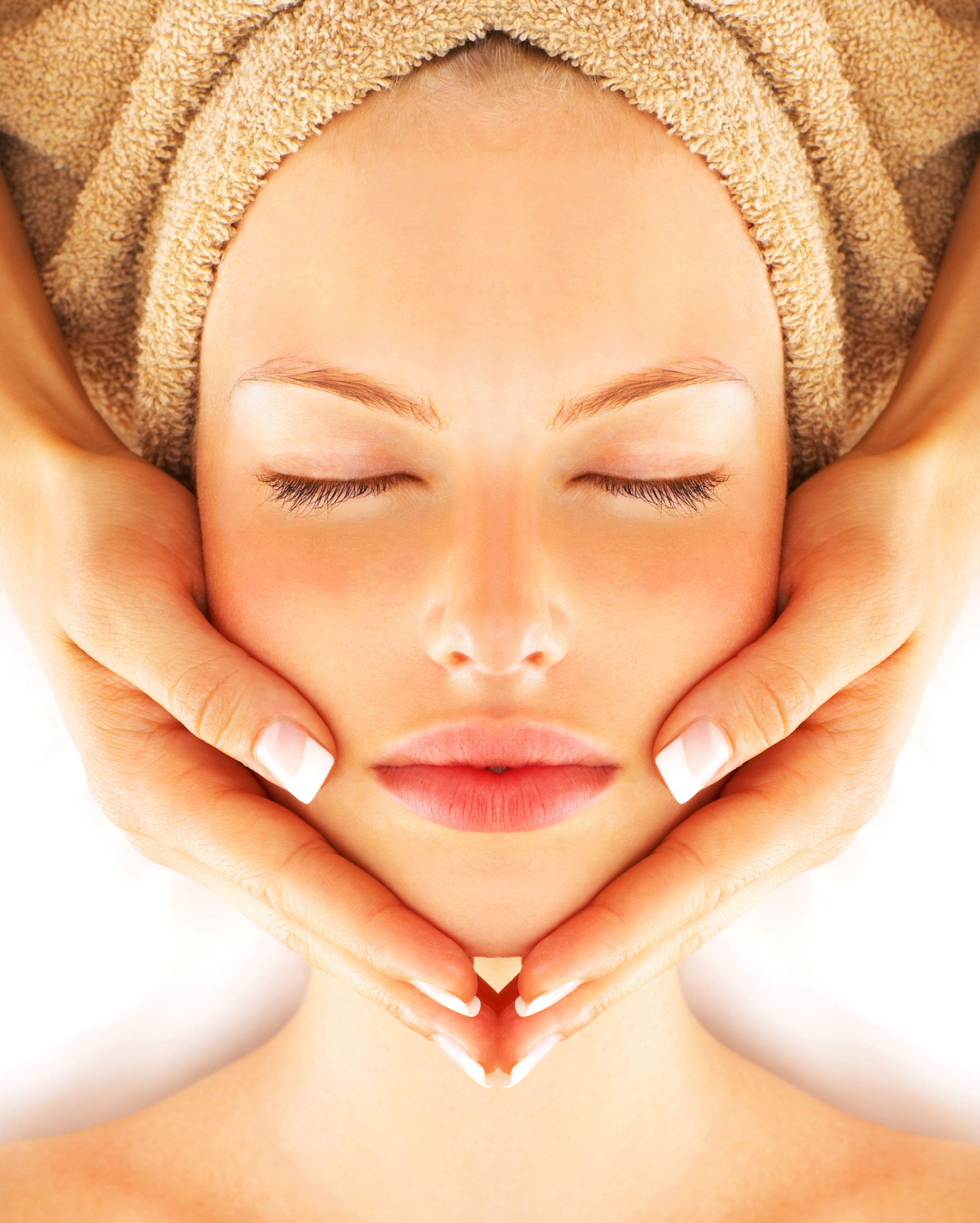The natural deodorant revolution helping stop breast cancer and Alzheimer's
Deodorants have become a part of everyday life for almost all of us. Antiperspirant deodorant is extremely common among women ... and unfortunately, so is breast cancer and Alzheimer's disease. Even women that wear no makeup, lip gloss or hair products almost invariably use deodorant products - body odor is seen as one of the seven deadly sins, whether you’re at the office or out with friends! This 'essential' part of our beauty routines may have serious health consequences for us down the track, however.
How do regular deodorants/antiperspirants work?
Deodorants and antiperspirants are two different products, and they work in different ways. Deodorants contain ingredients that kill odor-causing bacteria on the surface of the skin. Antiperspirants, on the other hand, block the pores in the skin that move sweat to the outside of the body, from the sweat glands situated in the armpits.
The substances in deodorants that are used to kill germs include alcohol, parabens and steareth. Aluminum chlorhydrate and aluminum zirconium are the most common active ingredients in antiperspirants.
But the manufacturers must test them, right?
The continuing widespread use of deodorants by women across the world, who may have heard concerns over health risks but disregard them, comes from a common perception that because it is on the supermarket shelf, it must be okay.
We tend to believe that it wouldn’t be possible to sell something, in this day and age, that would be harmful to people. In fact, the process of proving that something is harmful to humans is quite long and rigorous, and without a carrot dangling at the end of the process (a profit or new product for a corporation), it is often difficult to get funding.
The law (in the US) allows companies to use any raw material they like in their products. Yes, some ingredients and colors have been banned. These bans were the result of indisputable evidence of harm. However, there is no requirement that companies test their products to check that they are safe. They do not even have to be tested for efficacy - the financial burden to companies would be enormous and the government is worried about that economic impact.
Even the FDA can only have a product removed from the marketplace if it can be proven harmful in a court of law. There simply aren’t the resources to do the testing necessary for these strict proof guidelines. So, the results of many smaller studies go unheeded, and the potential dangers of deodorants and antiperspirants to women are ignored.
The risks of using conventional antiperspirants and deodorants
A study of 437 females by KG McGrath, looking at the frequency of underarm hygiene linked to the age of breast cancer diagnosis found that:
- The more a woman shaves as well as applying deodorants or antiperspirants, the earlier the diagnosis of breast cancer
- The earlier in life women begin using these products, the earlier the diagnosis of breast cancer
In the 1990s, the World Health Organization released a report showing that the analyzed brains of Alzheimer's sufferers (after death) contained unusually high levels of aluminium. A report in the journal of clinical epidemiology also associated more frequent aluminum-containing deodorant use with Alzhemier's incidence.
Some health professionals also believe that preventing sweating by blocking the pores traps toxins within the body, that would otherwise have been carried out by our sweat. This toxic buildup, along with a buildup of aluminium, is thought to be another of the risk factors for breast cancer with antiperspirant use.
Ingredients to avoid in deodorants
While aluminium is the main deodorant/antiperspirant ingredient that has been studied for negative health effects, almost all of the common ingredients in supermarket deodorants are harmful to us. Here are the effects of some of the common underarm 'hygiene' ingredients:
- Aluminium chlorhydrate, aluminium zirconium tetrachlorhydrex gly, and other aluminium salts: We talked about the links between aluminium salts and breast cancer, as well as Alzheimer's disease. There may be further links to disease that haven't yet been identified.
- Parabens (all types): These are derived from toluene, which can both cause reproductive harm and mimic the effect of estrogen in the body, driving the growth of cancerous cells.
- Triclosan: This ingredient is a common antibacterial which cause contact dermatitis in many people, and is classified as a pesticide by the FDA.
- Talc: Even the humble talcum powder has been regarded with suspicion by cancer researchers. It may contain asbestiform fibers (yes, these are related to asbestos) - the level of asbestiform fibers in talc is unregulated.
- Propylene glycol: According to the NIOSH this is a neurotoxin. The EPA admits that it hasn’t been fully investigated for cancer-causing potential, despite being in almost every personal care product on the market.
- Silica: This skin irritant is often contaminated with crystalline quartz, which is known to cause cancer
- Steareth-n: (Where n is any number) reacts with ethylene oxide in the manufacturing process. Ethylene oxide is a known carcinogen.
Natural deodorizing
The ingredients which have been found to be effective at keeping you dreamingly scented in natural deodorants include:
- Naturally occurring alum
- Cornstarch
- Lichen
- Herbs and herbal extracts
- De-ionized or distilled water
- Aloe vera
- Baking soda
- Essential oils
- Vegetable glycerin
Naturally occurring alum is related to aluminium, but the molecules are much larger and are not readily absorbed by the skin. It acts as an anti-bacterial, so while it doesn’t prevent sweating, it helps ensure that there is no strong odor from that sweat. The UN has recommended that drinking water sources in some areas of the world have an alum rock placed in them to aid with decontamination.
Natural deodorants may come in the form of a rock or crystal to be rubbed on the underarms, a non-aerosol mist, a gel, or a roll-on like many antiperspirants. These methods can actually be 3 times more effective than commercial deodorants in reducing body odor, both in volume, and over time.
There are plenty of companies recognizing the need for natural deodorants - Kasia Organic Salon is one that has recently launched a brand of natural deodorant, 'Pure-odorant'. It is certified organic & comes straight from nature with a pure blend of organic hemp oil, aloe vera and mineral salts that soften skin and eliminate odor-causing bacteria for up to 24 hours.
Kasia's Pure-odorant formulation leaves absolutely no residue and contains no aluminum, parabens, PG, alcohol or petroleum chemicals. It is scented with organic essential oils.
You can also reduce your consumption of meat, alcohol, cigarettes and caffeine to help cut down on your body odor naturally.
Naturally reducing perspiration
One of the keys to becoming comfortable without antiperspirants is realizing that it isn’t natural not to sweat. Our body uses sweat for thermoregulation, but it is also a convenient way to help spread pheromones, which help other people intuitively understand what we are feeling and our state of health. Julia Roberts went to the Notting Hill premiere without even shaving ('I don't think about my underarms on a daily basis', she said) ... you can deal with a little dark patch under your arms, for the sake of your life and health.
Some people believe that heat conditioning (using saunas or spas) is a great way to help prevent hyperhidrosis (sweating more than is necessary for thermoregulation). You can also use cold water under your arms before you hop out of the shower to help close your pores.
DIY natural deodorant
Do it Yourself! Making your own natural deodorant is also possible by combining Cornstarch with baking soda to help sweat evaporate more readily and absorb some moisture. Mist-spray some essential oil or natural face toner over the mixture to give it a scent-boost.
You could also mix sage, coriander, lemon or rosemary tea with mineral water and a small amount of antibacterial essential oils like eucalyptus, tea tree or lavender for antibacterial effect.
Ode to becoming an Informed Beauty
As the world continues to become transparent and we as communities wake up and to look around, you will be amazed to find that there are many natural substitutes to the artificial chemicals present around us. It is advisable to keep away from products or items that are tricky to enunciate or pronounce. Become an “Informed Beaute” in how to minimize our coming close to artificial and ecological toxins, keeping you “out of the pits!”
Kassie Kuehl is a respected leader in, and advocate for, natural health and beauty care. The founder of Kasia Organic Salon, Kassie combines her experience as nutritionist and living foods educator with her ongoing Functional Medicine research to apply a whole of body “Beautiful Health’ approach to hair care and styling. Become an Informed Beauty and learn more at www.kasiaorganicsalon.com.
Sources and Related Reading:
EMedicine from Web MD: Toxicity, Aluminum Michael R Edwards, MD, Medical Director, Department of Emergency Medicine, Albert Einstein College of Medicine Updated: Jun 20, 2006 (http://emedicine.medscape.com/article/165315-overview)
Dr. Christine H. Farlow, D.C. is "The Ingredients Investigator."
http://www.downwithbasics.com/deodorant.html
http://www.hyperhidrosisweb.com/natural-deodorants.html
http://www.ehow.com/how_4590254_increase-deodorant-effectiveness.html
http://greenlivingideas.com/topics/personal-care-and-services/natural-deodorants-and-antiperspirants
http://greenermagazine.blogspot.com/2006/02/antiperspirant-evolution.html
http://hubpages.com/hub/Natural-Aluminium-Free-Deodorant-and-Antiperspirant-Alternatives







